View all Standards for Ontario, Canada
C.1.2 demonstrate an understanding of and use correct terminology to refer to the forms, elements, conventions, and techniques of drama, with a focus on ensemble drama works (e.g., chorus, protagonist, ingénue, supporting role, act, scene, climax, resolution, improvisation, mask, freeze-frame image)
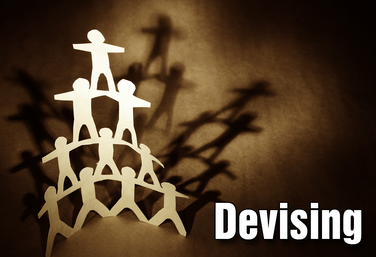
Part of the Drama Two Curriculum
Devising
by Corinna Rezzelle
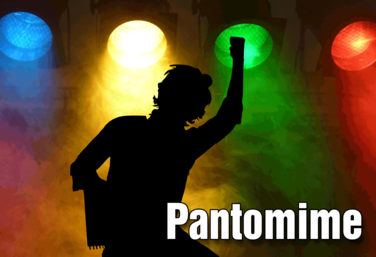
Pantomime
by Angel Borths

Part of the Drama One Curriculum
Pantomime
by Karen Loftus
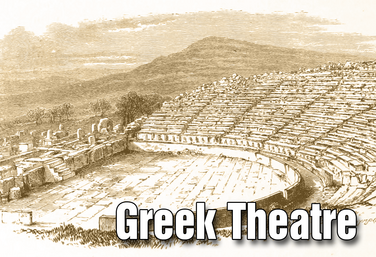
Part of the Drama One Curriculum
Ancient Greek Theatre
by Karen Loftus
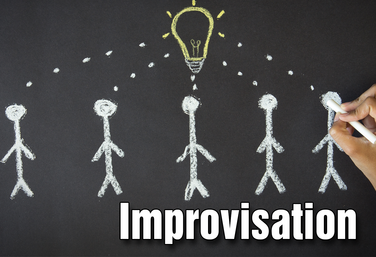
Part of the Drama One Curriculum
Improvisation
by Karen Loftus

Part of the Drama One Curriculum
Commedia Dell'Arte
by Karen Loftus
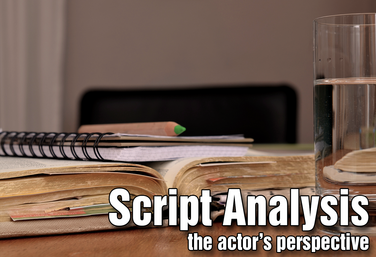
Part of the Drama One Curriculum
Script Analysis: The Actor's Perspective
by Karen Loftus
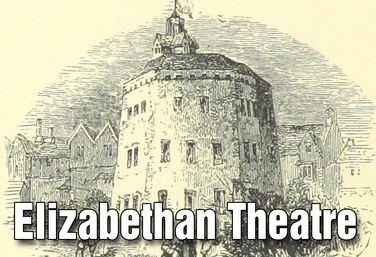
Part of the Drama One Curriculum
Elizabethan Theatre
by Karen Loftus
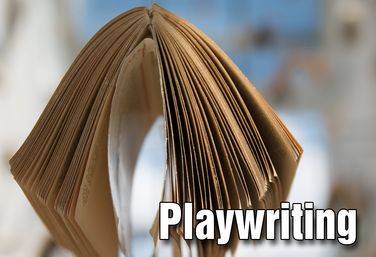
Part of the Drama One Curriculum
Playwriting
by Karen Loftus
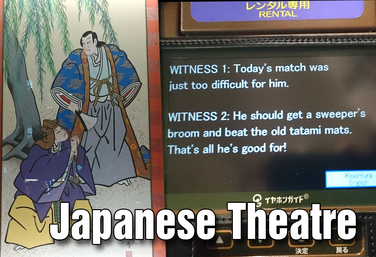
Part of the Drama One Curriculum
Japanese Theatre
by Karen Loftus
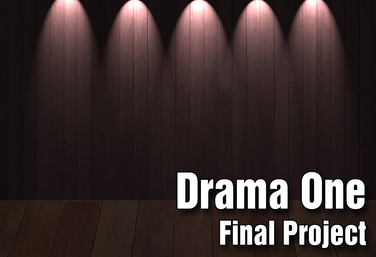
Part of the Drama One Curriculum
Drama One Final Project
by Karen Loftus
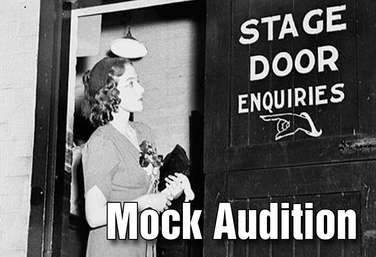
Mock Audition
by Lindsay Price
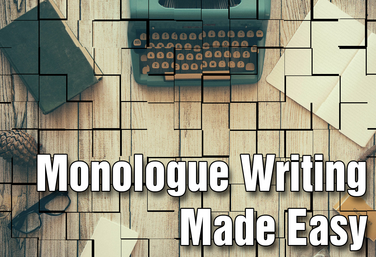
Monologue Writing Made Easy
by Matthew Banaszynski
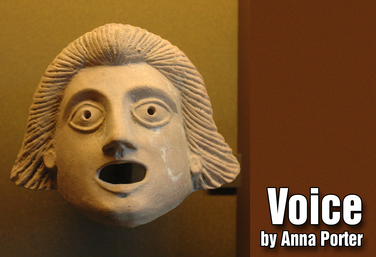
Voice
by Anna Porter
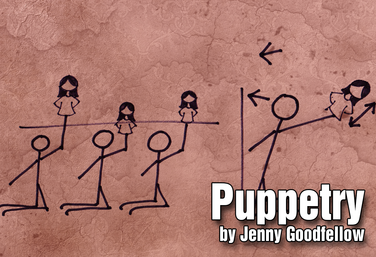
Puppetry
by Jenny Goodfellow
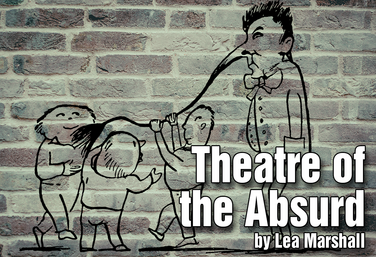
Theatre of the Absurd
by Lea Marshall
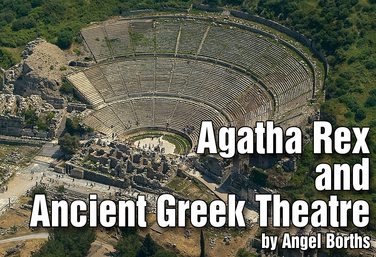
Agatha Rex and Ancient Greek Theatre
by Angel Borths
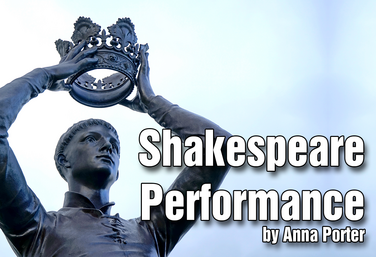
Shakespeare Performance
by Anna Porter
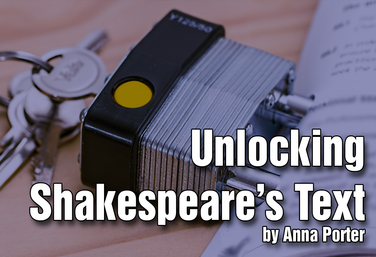
Unlocking Shakespeare's Text
by Anna Porter

Pantomime
by Anna Porter
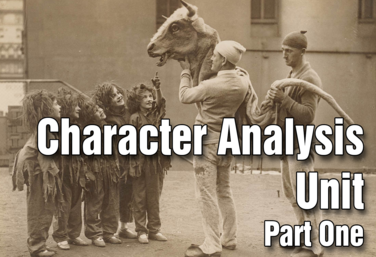
Part of the Drama Two Curriculum
Character Analysis - Part 1
by Matt Webster
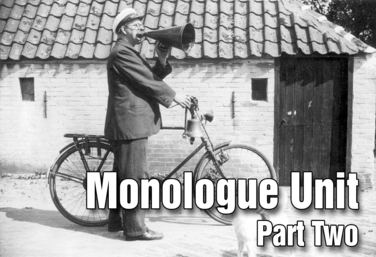
Part of the Drama Two Curriculum
Monologues - Part 2
by Matt Webster
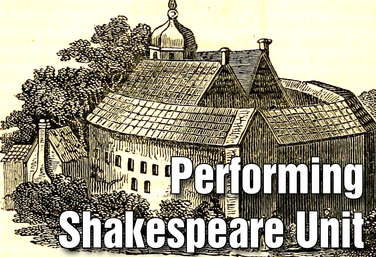
Part of the Drama Two Curriculum
Performing Shakespeare
by Matt Webster
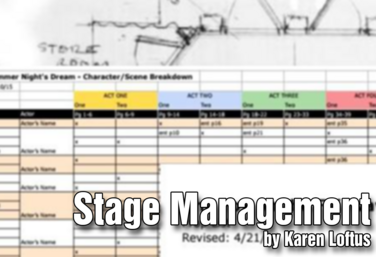
Stage Management
by Karen Loftus
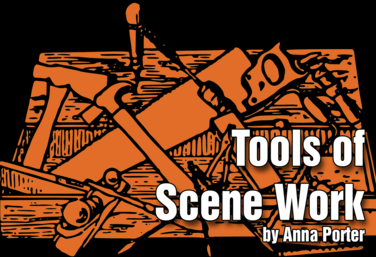
Tools of Scene Work
by Anna Porter
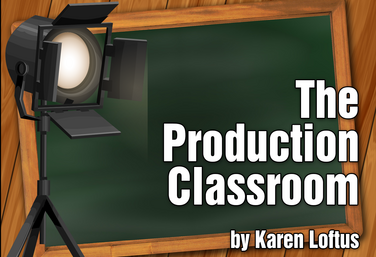
Part of the Production Classroom Units Curriculum
Production Classroom Units Overview
by Karen Loftus

Part of the Production Classroom Units Curriculum
Part One - Pre-Production
by Karen Loftus

Part of the Production Classroom Units Curriculum
Part Two - Rehearsal and Performance
by Karen Loftus

Part of the Production Classroom Units Curriculum
Part Two - Documents
by Karen Loftus

Part of the Production Classroom Units Curriculum
Part Three - Reflection and Assessment
by Karen Loftus
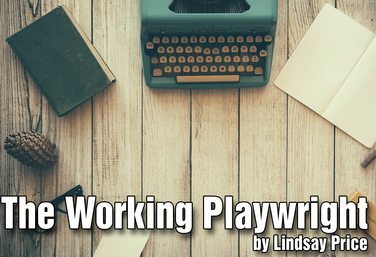
The Working Playwright *Hyperdoc
by Lindsay Price
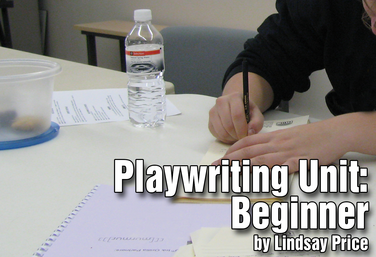
Playwriting Unit: Beginner
by Lindsay Price
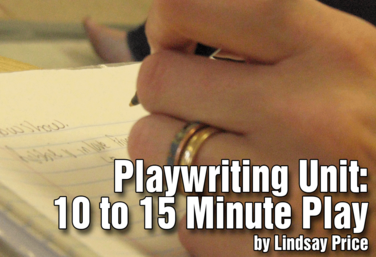
Playwriting Unit: 10 to 15 Minute Play
by Lindsay Price

East Meets West: Theatre Traditions
by Marsha Walner
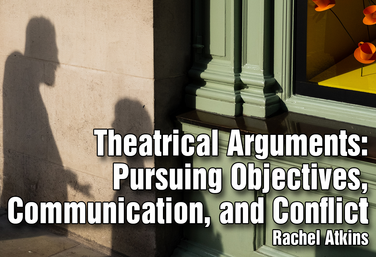.png)
Theatrical Arguments: Pursuing Objectives, Communication, and Conflict
by Rachel Atkins
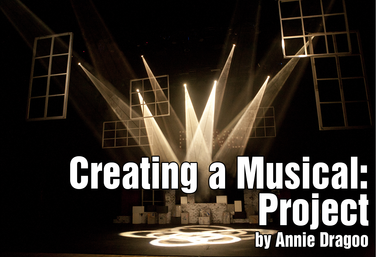
Creating a Musical: Project
by Annie Dragoo
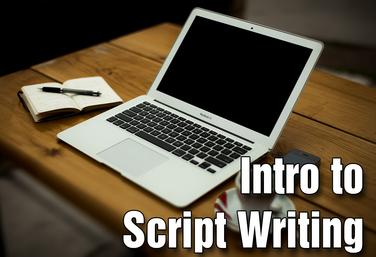
Part of the Middle School Curriculum
Unit Five: Intro to Script Writing
by Lindsay Johnson
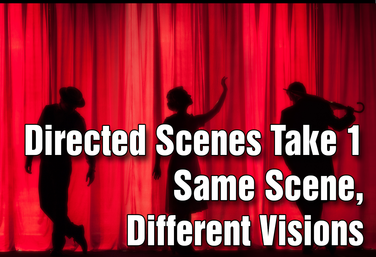
Part of the Middle School Curriculum
Unit Six: Directed Scenes Take 1: Same Scene, Different Visions
by Lindsay Johnson
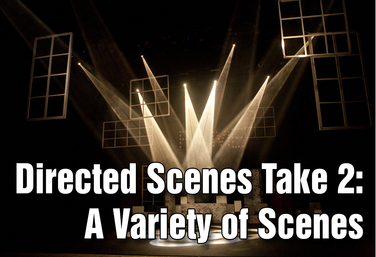
Part of the Middle School Curriculum
Unit Seven: Directed Scenes Take 2: A Variety of Scenes
by Lindsay Johnson
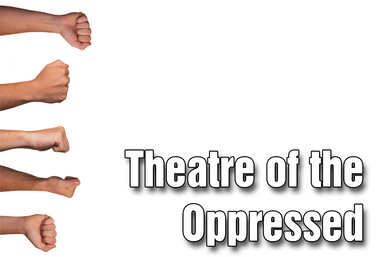
Part of the Middle School Curriculum
Unit Eight: Theatre of the Oppressed
by Lindsay Johnson
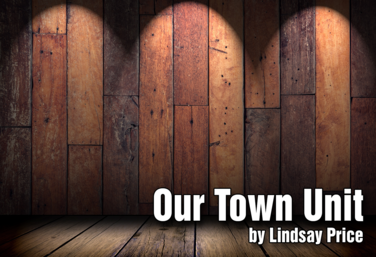
Our Town Unit
by Lindsay Price
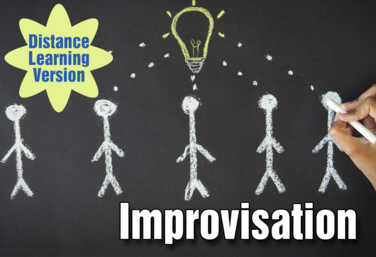
Part of the Distance Learning Curriculum
Improvisation
by Lindsay Price and Karen Loftus

Part of the Distance Learning Curriculum
Pantomime
by Lindsay Price and Karen Loftus
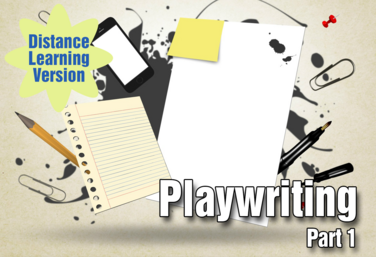
Part of the Distance Learning Curriculum
Playwriting: Part 1
by Lindsay Price
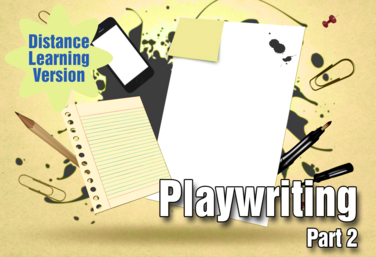
Part of the Distance Learning Curriculum
Playwriting: Part 2
by Lindsay Price
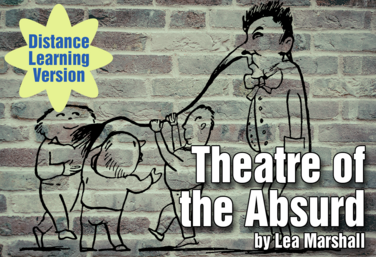.png)
Part of the Distance Learning Curriculum
Theatre of the Absurd
by Lea Marshall

Part of the Distance Learning Curriculum
Mock Audition
by Lindsay Price
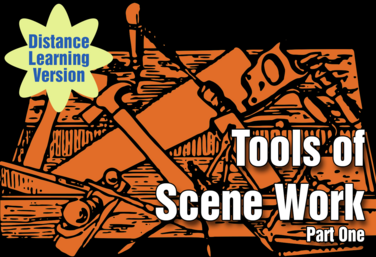
Part of the Distance Learning Curriculum
Scene Work: Part 1, Tools of Scene Work
by Lindsay Price
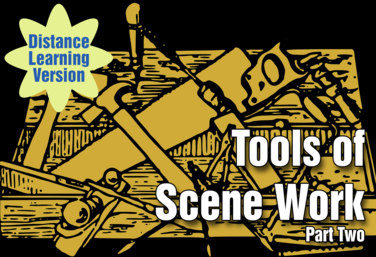
Part of the Distance Learning Curriculum
Scene Work: Part 2, Student Self Staging
by Lindsay Price
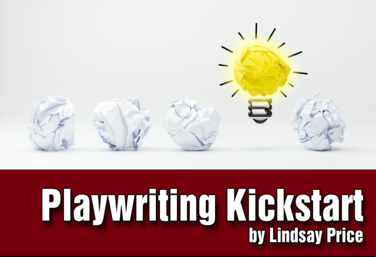
Playwriting Kickstart: Multi platform
by Lindsay Price
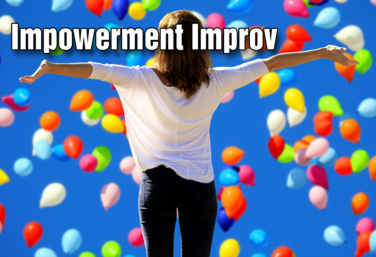
Impowerment Improv
by Jennine Profeta
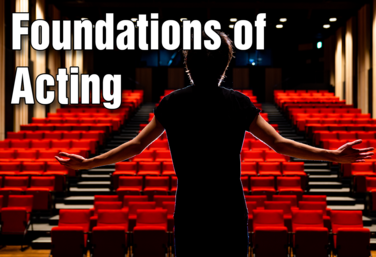
Foundations of Acting
by Annie Dragoo
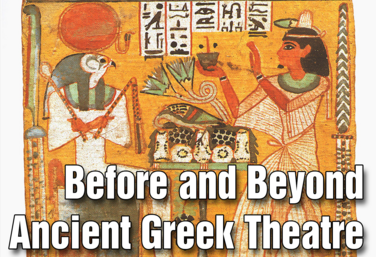
Part of the Theatre History Curriculum
Unit 1: Before and Beyond Ancient Greek Theatre
by Drama Teacher Academy
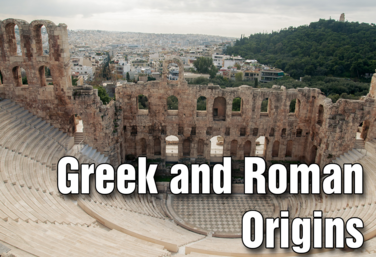
Part of the Theatre History Curriculum
Unit 2: Greek & Roman Origins
by Drama Teacher Academy
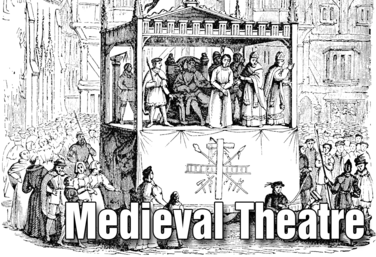
Part of the Theatre History Curriculum
Unit 3: Medieval Theatre
by Drama Teacher Academy
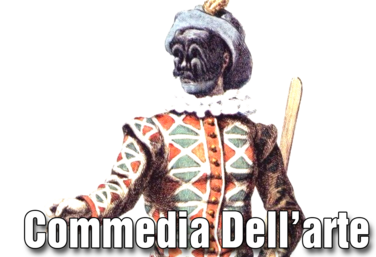
Part of the Theatre History Curriculum
Unit 4: Commedia Dell'Arte
by Drama Teacher Academy
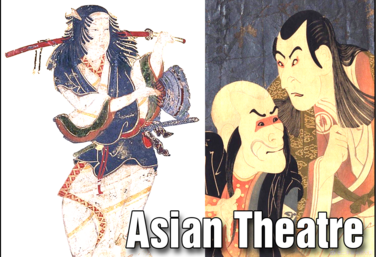
Part of the Theatre History Curriculum
Unit 5: Asian Theatre
by Drama Teacher Academy
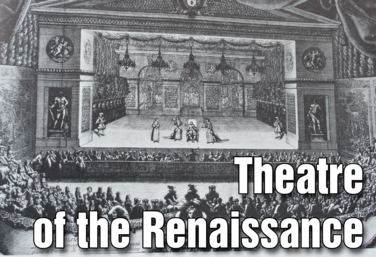
Part of the Theatre History Curriculum
Unit 6: Theatre of the Renaissance
by Drama Teacher Academy
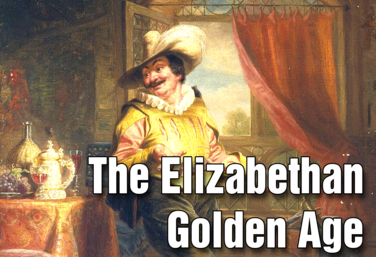
Part of the Theatre History Curriculum
Unit 7: The Elizabethan Golden Age
by Drama Teacher Academy
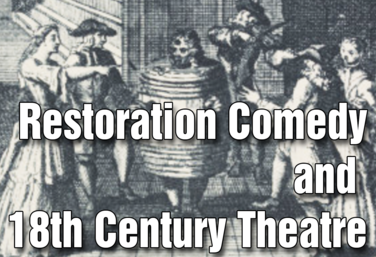
Part of the Theatre History Curriculum
Unit 8: Restoration Comedy & 18th Century Theatre
by Drama Teacher Academy
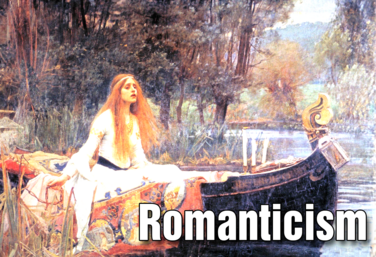
Part of the Theatre History Curriculum
Unit 9: Romanticism
by Drama Teacher Academy
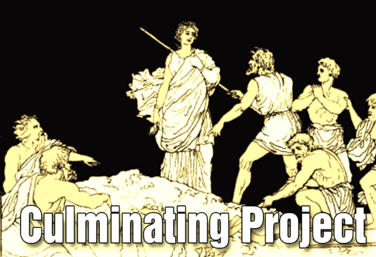
Part of the Theatre History Curriculum
Culminating Project
by Drama Teacher Academy

Theatre Radically Reimagined: Exploring Artaud, Grotowski, and Boal
by Ruthie Tutterow
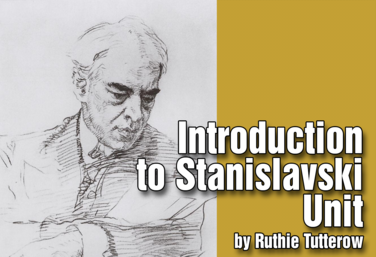
Introduction to Stanislavski
by Drama Teacher Academy
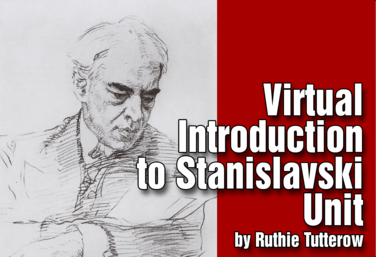
Virtual Introduction to Stanislavski
by Drama Teacher Academy
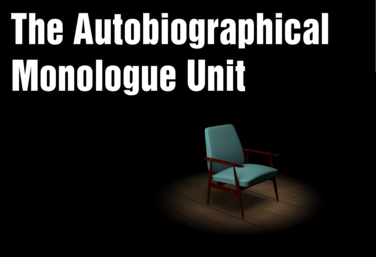
The Autobiographical Monologue
by Gai Jones
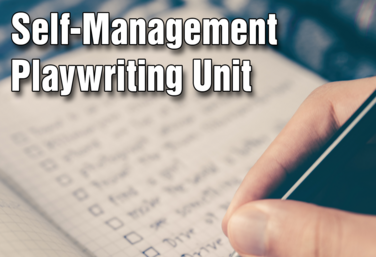
Self-Management Playwriting
by Lindsay Price
.png)
Realism and Naturalism
by Drama Teacher Academy
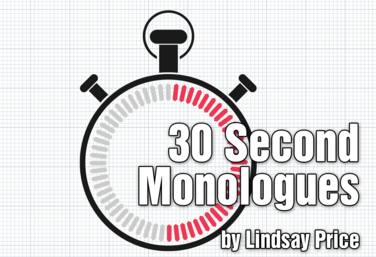
30 Second Monologues
by Lindsay Price
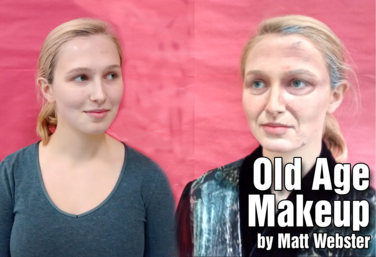
Old Age Makeup
by Matt Webster
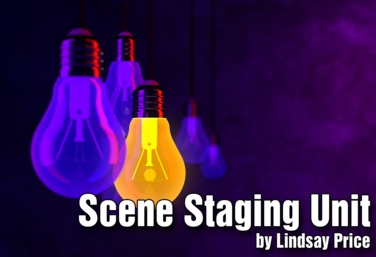
Scene Staging
by Lindsay Price
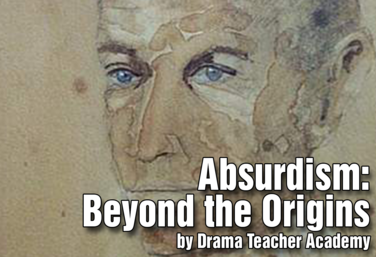
Absurdism: Beyond the Origins
by Drama Teacher Academy

Spoken Word Poetry
by Quincy Young
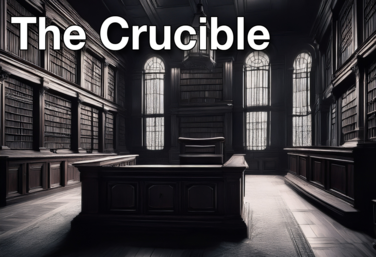
The Crucible Unit
by Lindsay Price
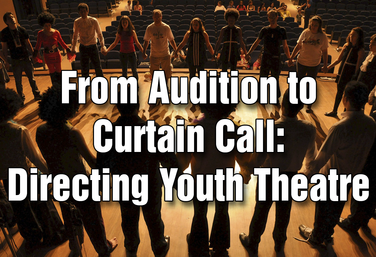
From Audition to Curtain Call: Directing Youth Theatre
by Steven Stack
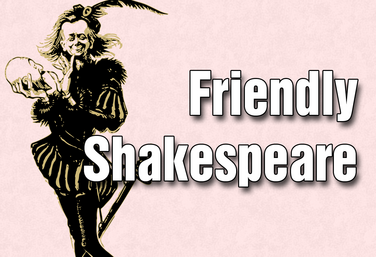
Friendly Shakespeare
by Todd Espeland

The Top Ten Playwriting Exercises
by Lindsay Price
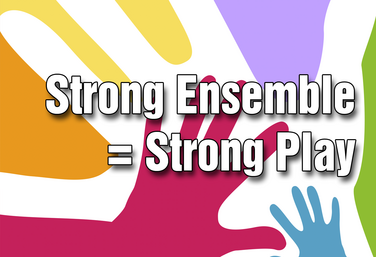
Strong Ensemble = Strong Play
by Craig Mason
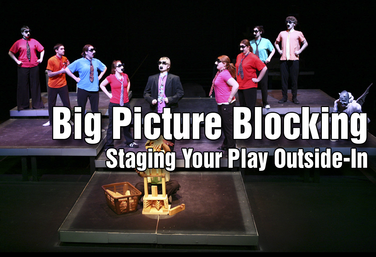
Big Picture Blocking: Staging Your Play Outside-In
by Todd Espeland

Working With Monologues For Rehearsal And Development
by Gai Jones

Laban: Advanced Characterization
by Todd Espeland
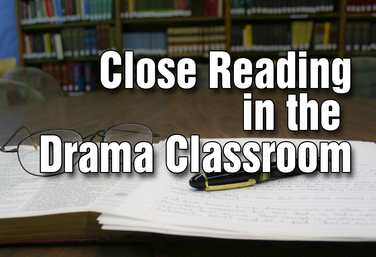
Close Reading in the Drama Classroom
by Lindsay Price
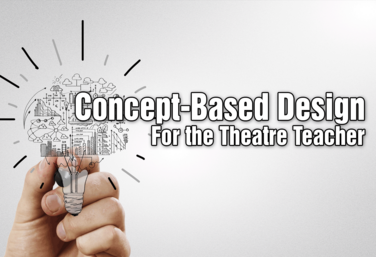
Concept-Based Design for the Theatre Teacher
by Matt Webster
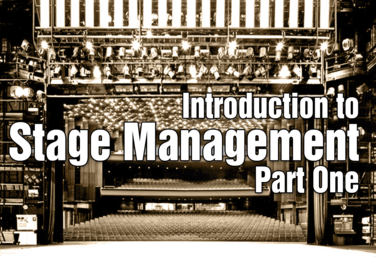
Introduction to Stage Management Part One
by Karen Loftus
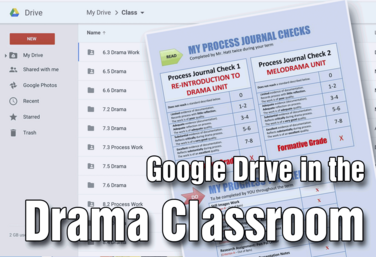
Google Drive in the Drama Classroom
by Josh Hatt
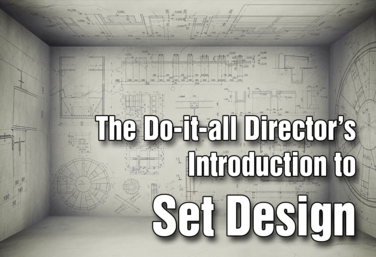
The Do-it-All Director's Introduction to Set Design
by Holly Beardsley
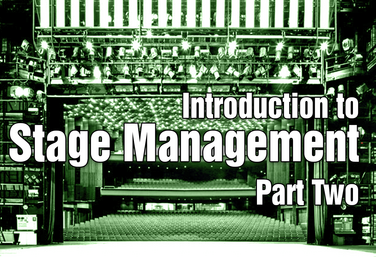
Introduction to Stage Management Part Two
by Karen Loftus

The Production Classroom
by Karen Loftus
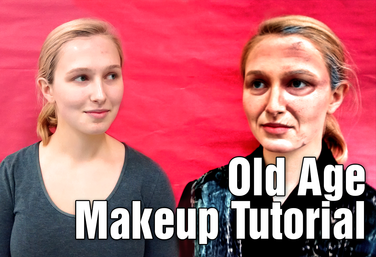
Old Age Makeup Tutorial
by Matt Webster

21st Century Skills Through Devising
by Allison Williams
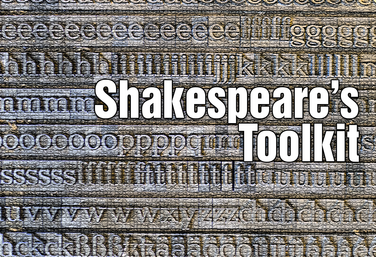.png)
Shakespeare's Toolkit
by Todd Espeland
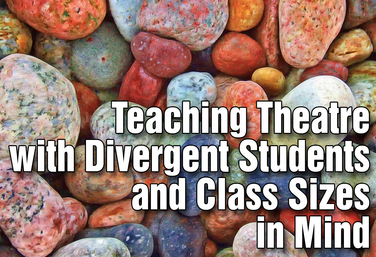
Teaching Theatre with Divergent Students and Class Sizes in Mind
by Steven Stack
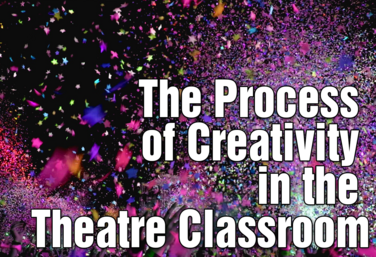
The Process of Creativity in the Theatre Classroom
by Gai Jones
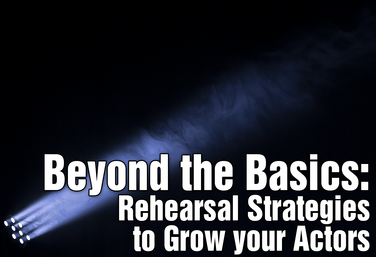
Beyond the Basics: Rehearsal Strategies to Grow Your Actors
by Julie Hartley

Director's Toolbox 1: Teaching Students to Direct
by James Van Leishout
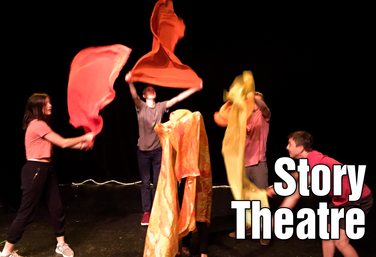
Story Theatre
by Matt Webster
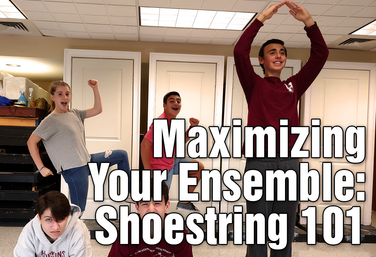
Maximizing Your Ensemble: Shoestring 101
by Michael Calderone

Director's Toolbox 2: Teaching Students to Direct
by James Van Leishout
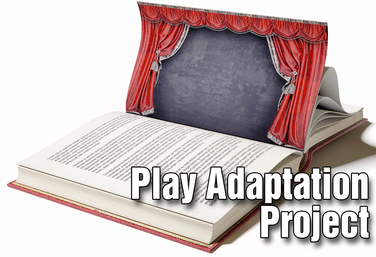
Play Adaptation Project
by Lindsay Price
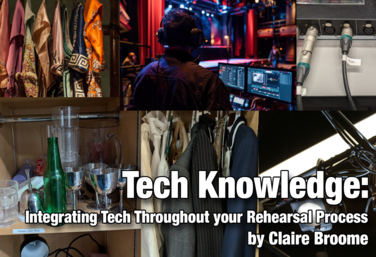
Tech Knowledge: Integrating Tech Throughout Your Rehearsal Process
by Claire Broome
View all Standards for Ontario, Canada Standards Master List